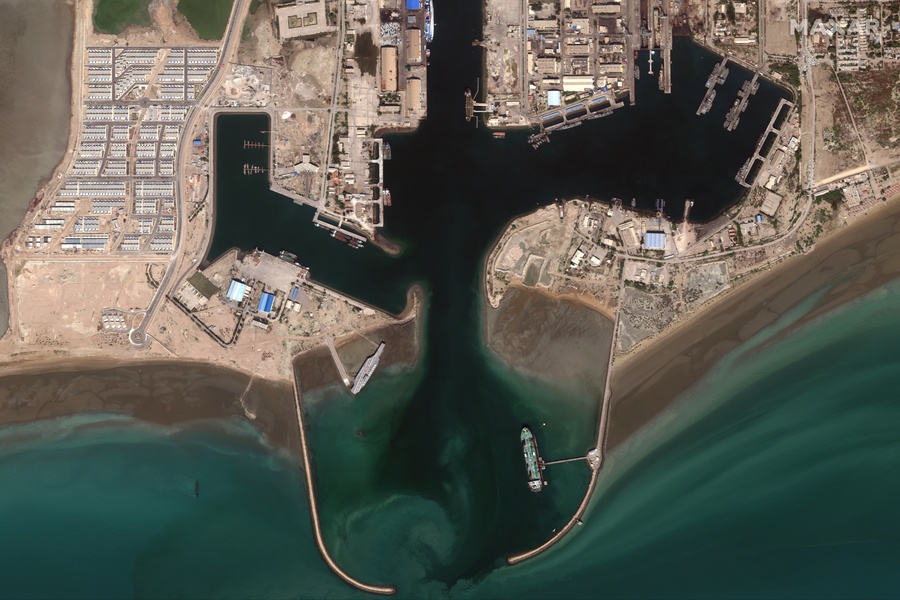Iran loaded naval mines onto its ships in the Persian Gulf last month, according to exclusive information revealed by two American officials to Reuters, raising fears that Tehran was considering blocking the Strait of Hormuz in retaliation for Israeli airstrikes on Iranian targets.
The Iranian preparations, which had not been previously disclosed and were detected by U.S. intelligence services, took place just days after Israel’s first missile attack against Iran on June 13, according to officials who spoke on condition of anonymity due to the sensitive nature of the information.
Iran reportedly ready to deploy mines in Strait of Hormuz – “It may have been a deceptive move,” say U.S. officials
The loading of sea mines – which ultimately have not been deployed in the Strait – suggests that Tehran was indeed seriously considering closing one of the world’s busiest commercial waterways. Such an action would further escalate an already intensifying conflict and would severely impact global trade.
Approximately 20% of global oil and natural gas trade passes through the Strait of Hormuz, and a potential closure would likely lead to soaring international energy prices.
However, international oil benchmark prices have fallen more than 10% following U.S. strikes on Iranian nuclear facilities — partly because the conflict has not caused serious disruptions to the oil market.
On June 22, shortly after U.S. airstrikes on three key Iranian nuclear facilities, the Iranian parliament reportedly approved a resolution to close the Strait.
Iran has periodically threatened to close the Strait, but has never followed through on its threats.
Reuters could not verify exactly when during the Iran-Israel aerial confrontation the mine loading occurred – mines which, if deployed, could effectively prevent ship traffic through this critical maritime passage.
It is also unclear whether the mines have since been unloaded.
The two American officials stated that the U.S. government has not ruled out the possibility that the mine loading was a deceptive maneuver. Iran may have wanted to give the impression it intended to close the Strait without actually planning to do so.
Alternatively, the Iranian military may have simply made necessary preparations in case it received such orders from political leadership.
The two sources do not reveal how the United States determined that mines had been placed on Iranian ships, but such intelligence is typically gathered through satellite imagery, espionage, or a combination of both methods.
Asked about reports regarding Iran’s preparations, a White House official commented: “Thanks to the President’s excellent execution of Operation ‘Midnight Hammer,’ the successful campaign against the Houthis, and the maximum pressure campaign, the Strait of Hormuz remains open, freedom of navigation has been restored, and Iran has been significantly weakened.”




